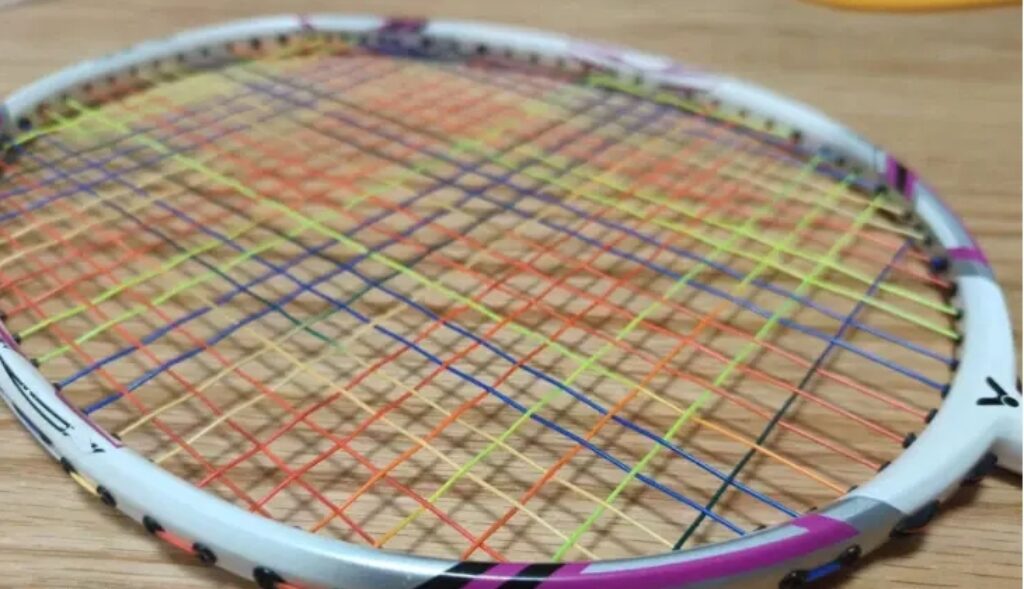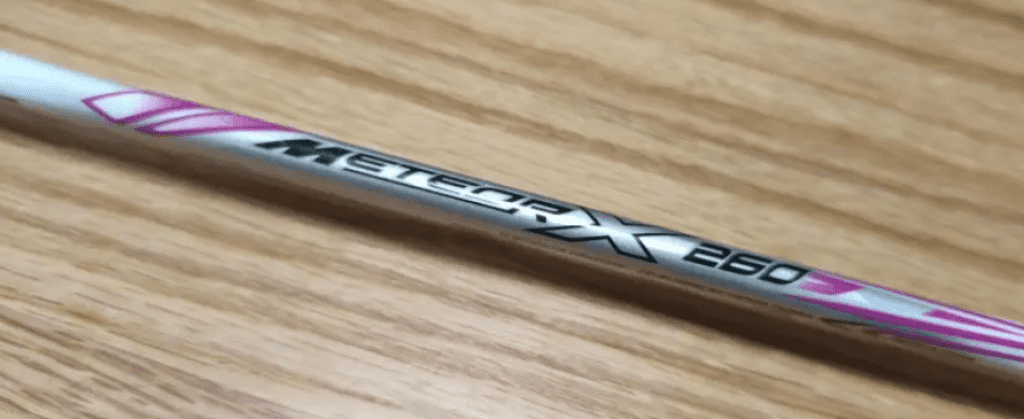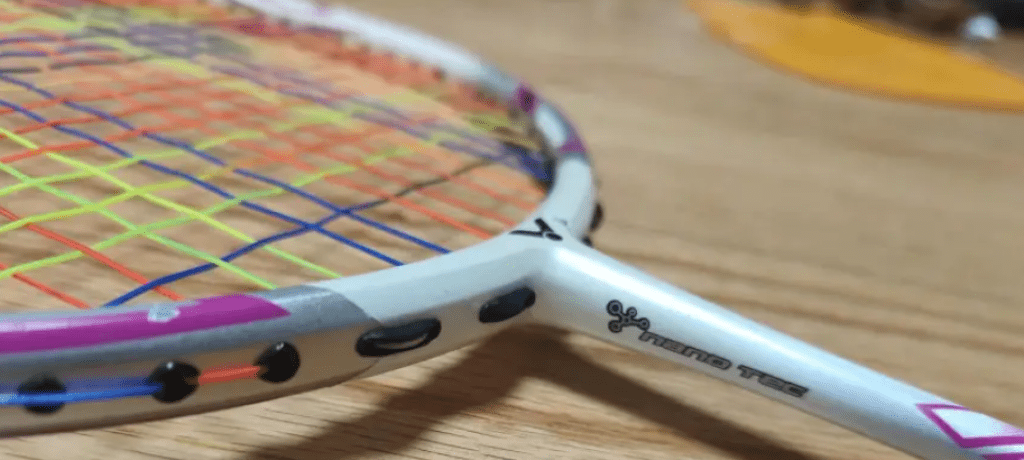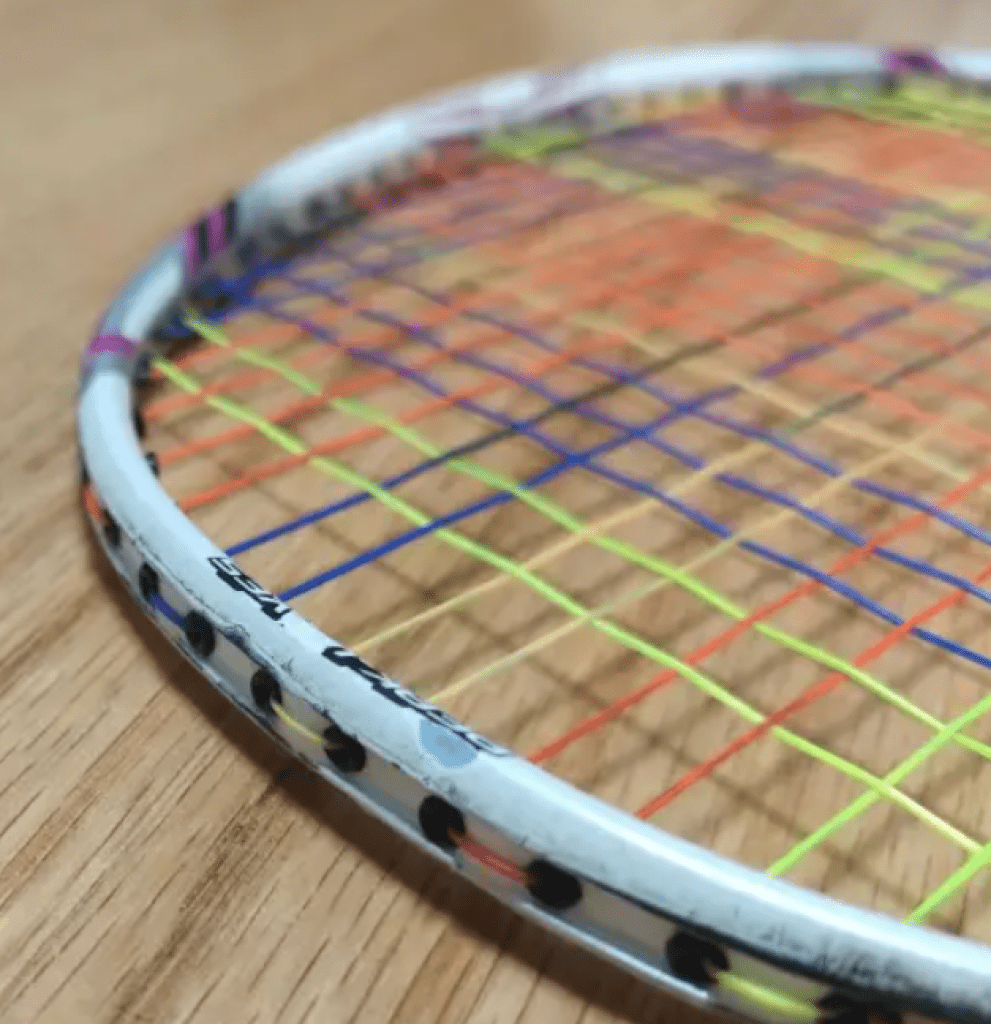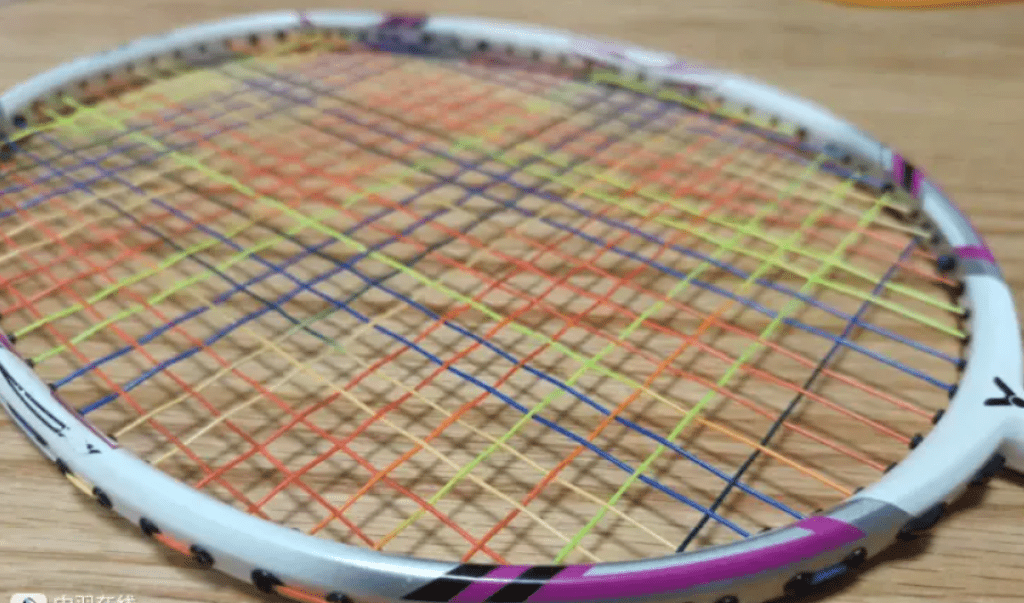A racket that ends up stuck in your hands without being able to sell it usually has a few prominent attributes: it’s either in poor condition, lacks recognition, or is a low-end model. These kinds of rackets, no matter how cheaply you buy them, tend to end up being a bad deal.
However, the urge to play is not something easily overcome, and many times, just finding one visually appealing is enough reason to buy it. That’s exactly what happened with this mid-to-low-end MX series racket.
Later, I seriously thought about it, and it seems that several rackets with “60” at the end in the mid-tier lineup were probably designed by downgrading the MX-60.

Specifications:
Weight: 3U G5, without grip, total weight in use: 89.25g, balance point: 300mm, shaft thickness: 7.2mm, shaft length: 216mm, stiffness: medium to slightly soft.
Frame: octagonal aerodynamic frame, 80-hole string bed, grooves at 9-3 points.
String tension: 26-28 lbs recommended, strung at 25-27 lbs with BS720.
It seems I have little resistance to magenta-colored rackets, and for the MX260, its appearance is definitely one of its strengths. Within the series, it’s the only racket that uses this pink color scheme, leading me to hastily assume it’s a racket aimed at female players. The white paint is accented with plenty of silver stickers, and combined with the magenta designs, it looks quite elegant, completely changing my perception of the MX series’ typically masculine aesthetic. However, the quality of the paint and stickers is still concerning, and the seller hadn’t taken great care of it, leading to its battered appearance being quite shocking.
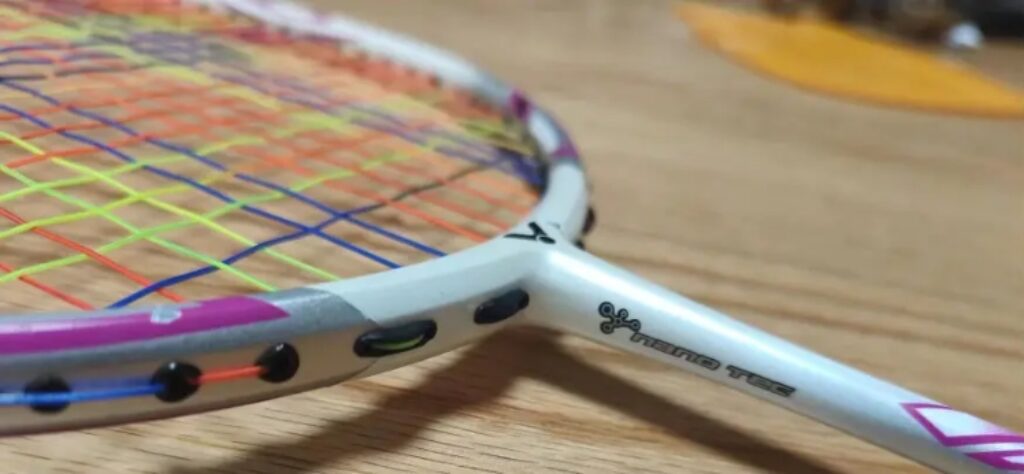
Unlike the clearly low-end MX6000, the 260 features a proper 80-hole string bed. Not only that, but the frame uses an outer wave design and includes nanotechnology in its materials, pushing it slightly beyond the entry-level tier and into mid-range territory.
Aside from the stiffness of some models, the MX series as a whole doesn’t produce anything too extreme, whether entry-level or flagship models. The MX-260 feels very gentle to use; in addition to its moderate swing weight, its shaft stiffness feels at least half a grade lower than marked, and the frame’s rigidity doesn’t reach the level of the high-end models that use special woven carbon fiber materials.
This makes the racket easier to handle but noticeably weakens its feedback and stability. However, this aligns with its intended positioning.
Whether warming up with clears or practicing delicate net shots, the racket performs its duties well, and its flexibility is decent. Paired with a stiff string, it can perform well in the frontcourt during flat drives in doubles. For a player with good net sense, this racket could help secure an advantage at the net.
Still, it must be said: this racket isn’t difficult to use. I didn’t expect it to offer great elasticity, and the MX-260 is indeed not impressive. Even within the range of what I find acceptable, it’s on the lower end. In this context, the effect of the nanotechnology on the racket’s overall performance is hardly noticeable.
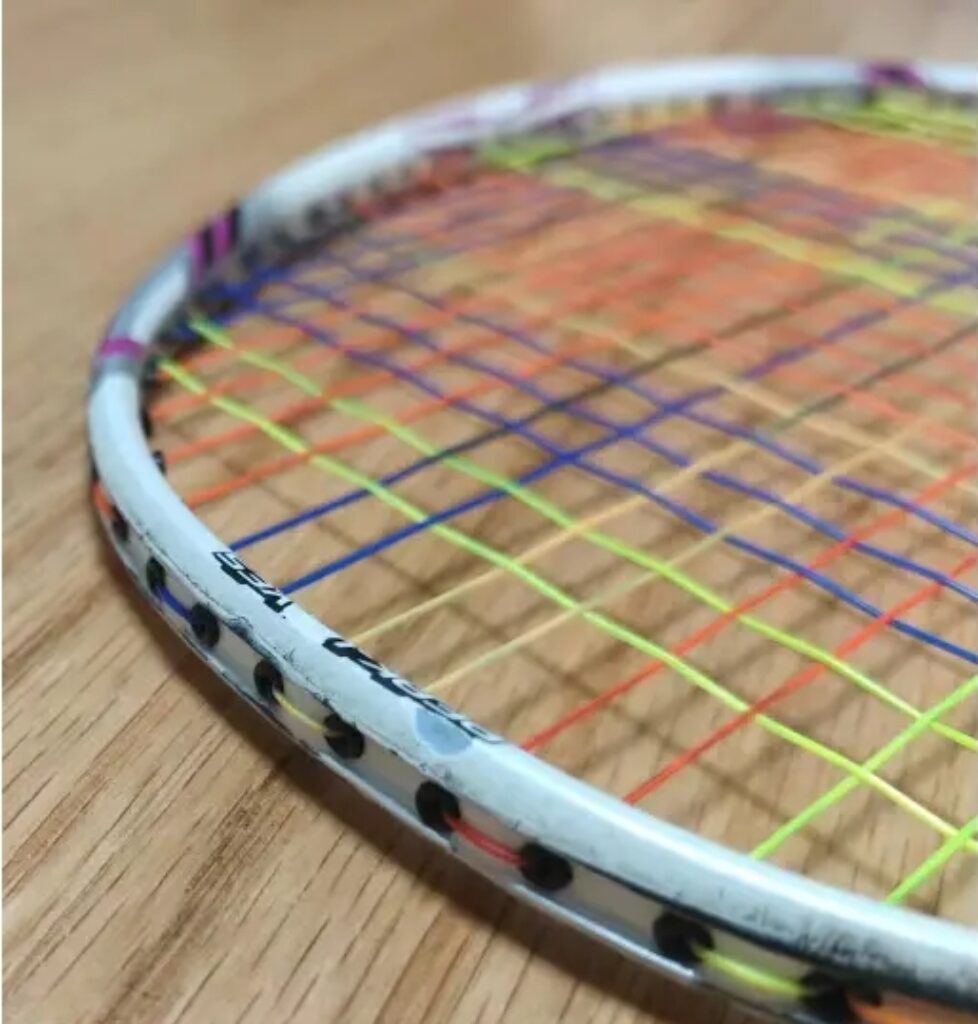
When generating power in shots, the MX-260 has a clear sense of energy loss, primarily due to the frame. I had previously thought the wave design was intended to enhance the frame’s elasticity and improve shot quality by leveraging the frame’s rebound. However, in this racket, it seems more like the design’s purpose was to allow lower-grade carbon fibers to withstand higher string tensions. The frame’s response is not active, and the shaft isn’t stiff enough, so smashes lose speed, and my confidence and desire for offensive play easily take a hit.
Additionally, the information in the equipment database is somewhat inaccurate, mainly because the racket does indeed exist in a 3U specification. However, I never experienced the advertised “high-rigidity carbon fiber” during my testing. If this is due to performance degradation over time, then in some cases, it actually performs worse than previous low-end MX models.
